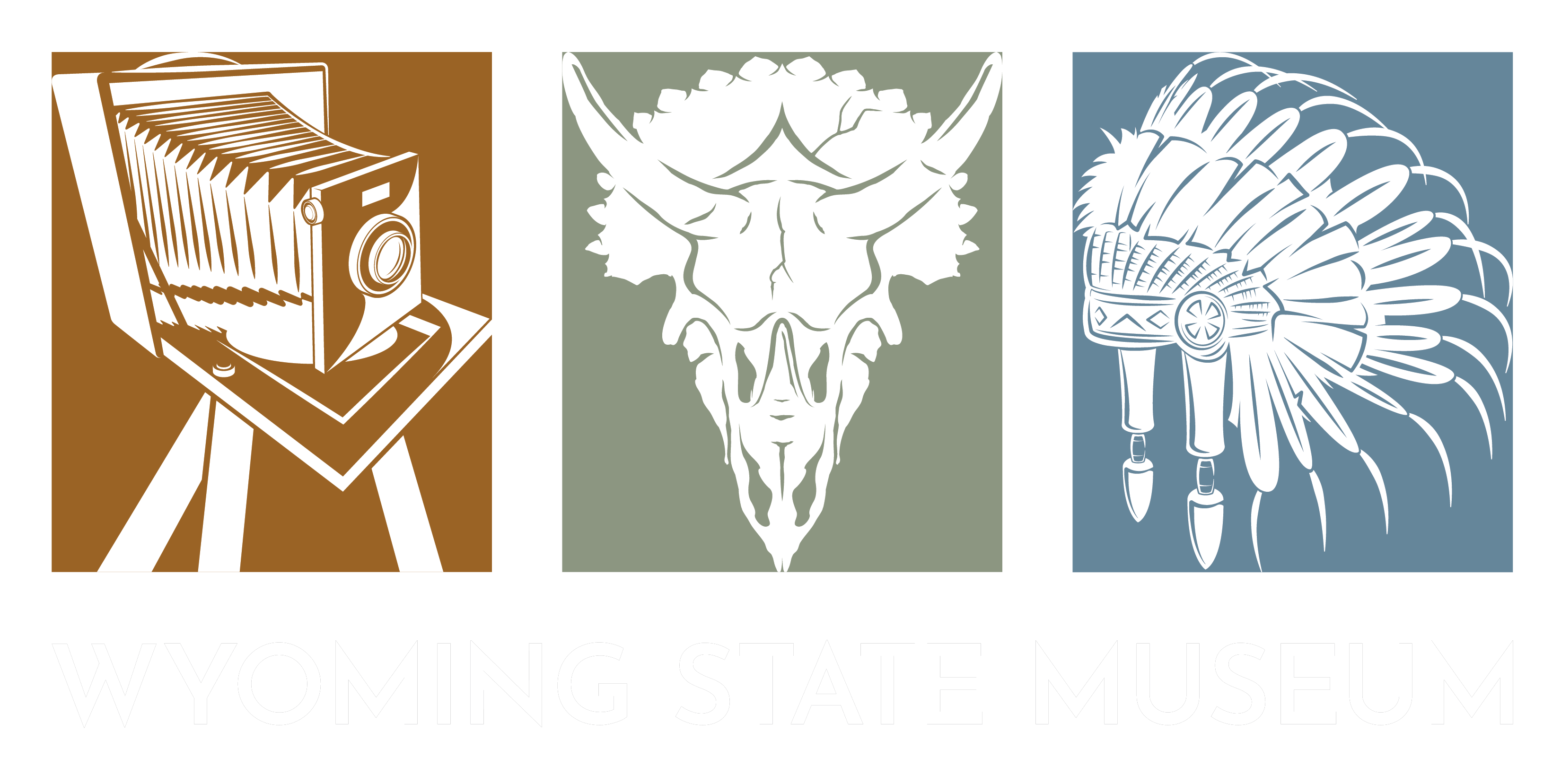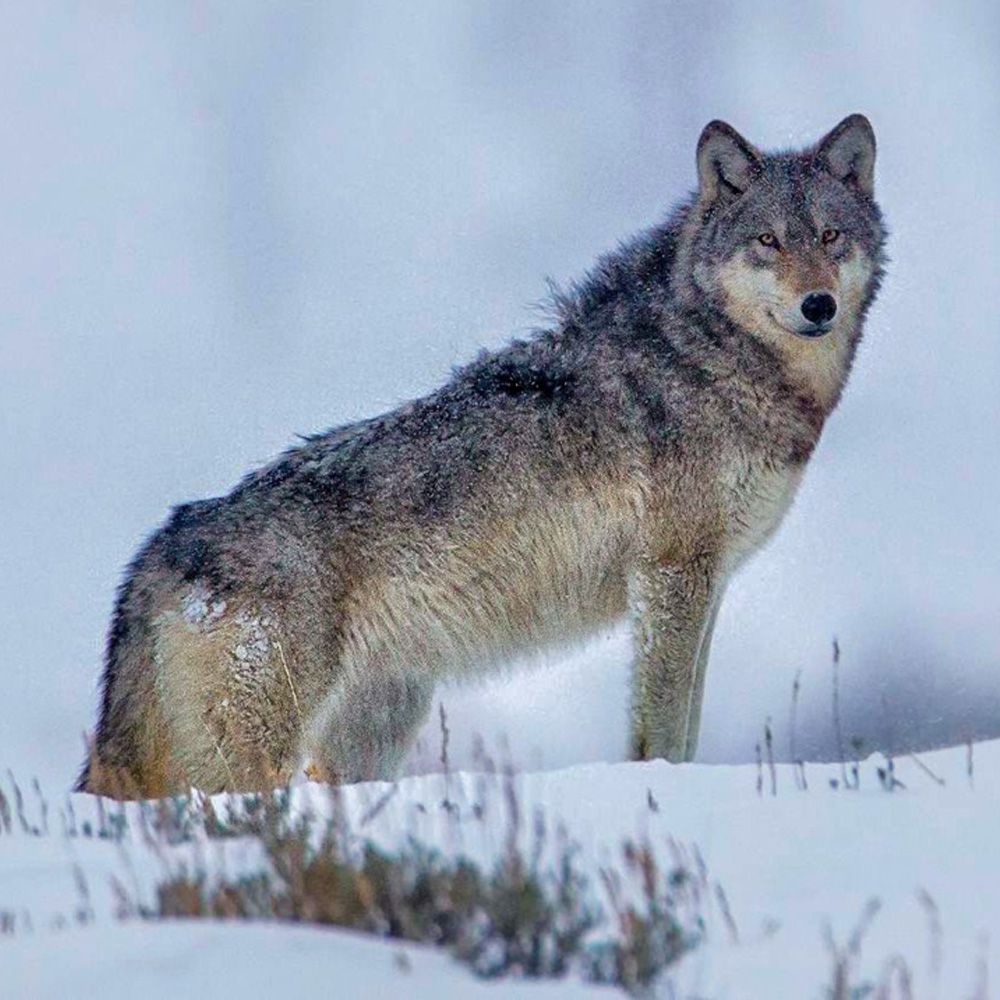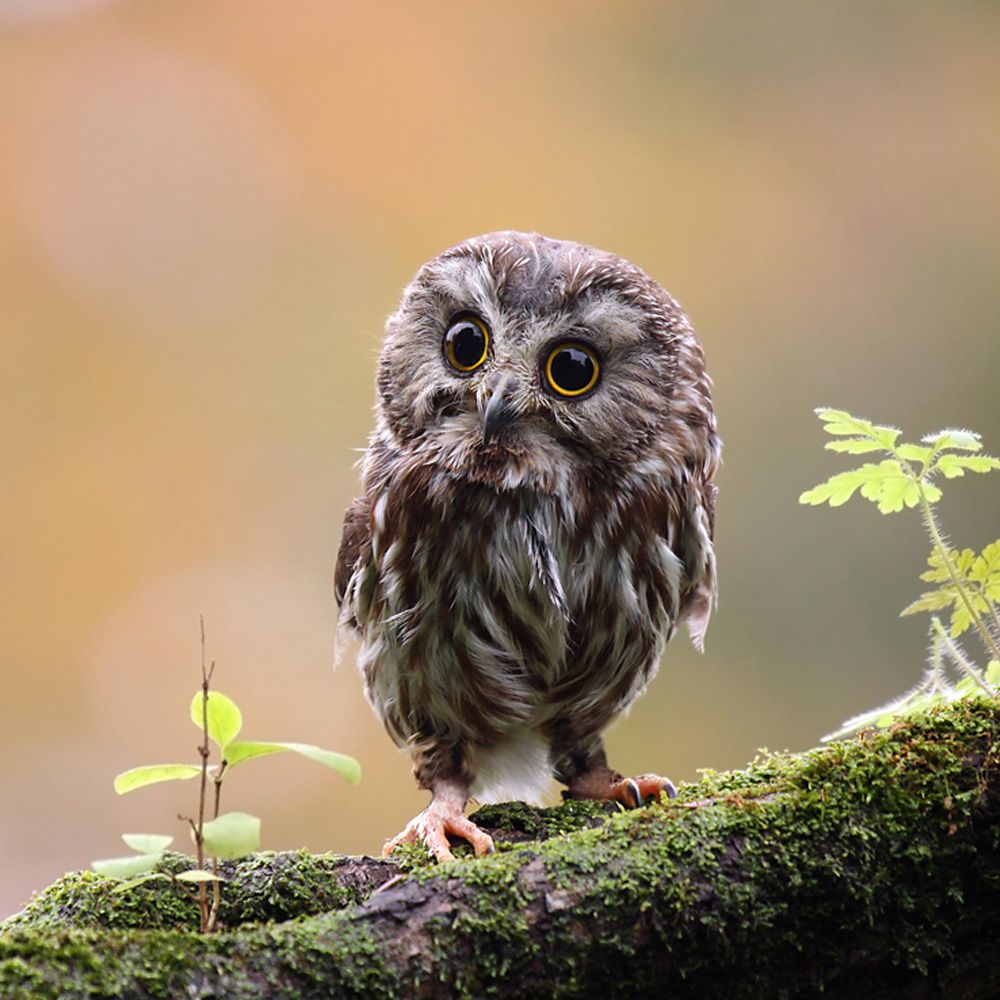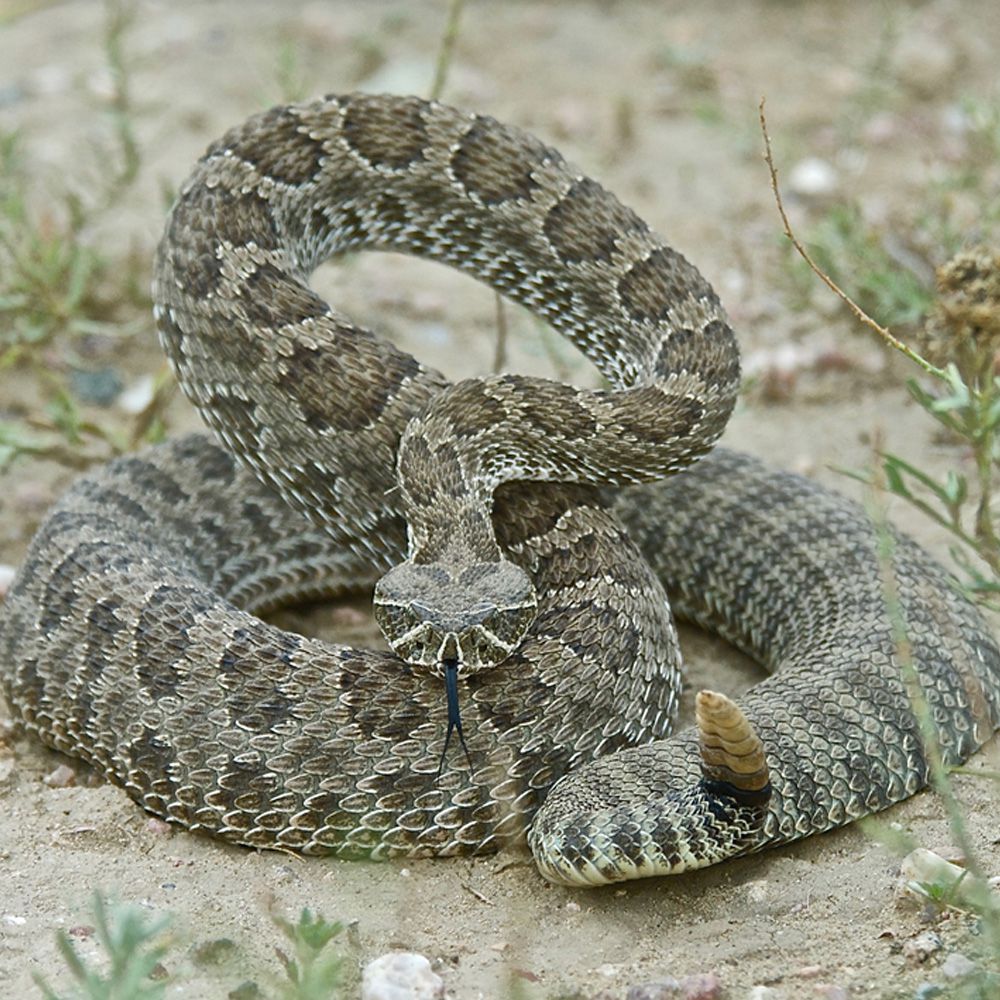Time: 1.5-2 Hours (Can Be Shortened)
Grades: K-6
The animals of the Great Plains and Rocky Mountains have amazing adaptations to survive the frigid, snowy winters! In this field trip, students will learn about some of these animals and their survival techniques to beat the cold. Students will learn about migration, hibernation, brumation, warm/cold blooded, and more.
⮜⮜ Back to On-Grounds Field Trips
Animal Adaptations to Winter:
The Animal Adaptations to Winter program can be taught like one of our early childhood education classes, or like one of our classes for grades 3-6. If your students are younger, your program will feature an engaging educational lesson, hands-on animal biofact interaction, body movement, animal noises, a fun craft, and time for open exploration of the museum. If your students are a little older, your program will include an educational lesson, hands-on biofact interaction, a fun activity, a scavenger hunt, and time for open exploration of the museum. Read below to learn more about each of these; remember, your program can be shortened to fit any time constraints.
Younger Students: 90 Minutes
Educational Lesson: 40 Minutes
Craft: 20 Minutes
Museum Exploration: 30 Minutes
Older Students: 2 Hours
Educational Lesson: 60 Minutes
Activity: 20 Minutes
Scavenger Hunt: 20 Minutes
Museum Exploration: 20 Minutes
Educational Lesson: 40 or 60 Minutes
The winters of the Rocky Mountains and Great Plains can be intensely cold. In this program, we'll explore how some of the animals that live here survive!
We will use skulls, skins, skeletons, pelts, full animal mounts, and pictures to learn about animals – both large and small. Your students will discover animals that use four major adaptation strategies to survive winter. In the class, we will introduce these strategies as “tough it out”, “get out”, “sleep it out”, and “wait it out”. Your students will be able to choose between two different animals within each strategy to learn about.
Some of the biological concepts we will discuss in this class are: hibernation, torpor, migration, brumation, warm-blooded, cold-blooded, herbivore, carnivore, omnivore, and more. This class includes mammals, birds, reptiles, and insects. The animals that are currently discussed in this class are: the gray wolf, bison, Northern saw-whet owl, monarch butterfly, black Bear, white-tailed prairie dog, common snapping turtle, prairie rattlesnake, and beaver! As with all programs, the content can be scaled up or down… depending on the age of your group.
Request a program today and learn all about how these amazing animals have adapted to the intense winters of the Rocky Mountains and Great Plains!
Craft or Activity: 20 Minutes
After your program, younger students will be able to complete a craft… featuring some of the animals we just learned about! For the youngest students, this might be a coloring page. For slightly older kids, we can do some more involved crafts. Either way, it will be a ton of fun for your kids!
For older students, the museum recommends a fun activity. For this program, you can choose either our scent game or an owl pellet dissection.
During your program, you might learn about the wolf or the black bear; both of these animals have amazing senses of smell. For this activity, each of your students will be given a small vial with a mystery scent within it. Their goal is to find the one other student who has the same scent as they do. Your students will walk around, smelling the vials of their classmates, until they find their scent partner. This is a very fun game that students love to play! It also reinforces what your students will learn!
Additionally, you can choose to learn about the Northern saw-whet owl during the migration part of the program. So, you can choose to do an owl pellet dissection for your activity, too. Owl pellets are one of the most interesting and unique aspects of bird evolution and behavior. Your students will be put in groups of four, and then given an owl pellet. They will utilize the tools at their table to dissect the pellet, sort the animal pieces, and then try to identify what animal was within their owl pellet! This incredibly fun activity is always a hit with students!
Scavenger Hunt: 20 Minutes
The Animal Adaptations to Winter scavenger hunt is designed for slightly older students. It will bring your students through the museum, looking for certain items that pertain to what they learned about in their lesson. This will include skulls, pelts, and mounts of different animals and their prey species… along with depictions of these animals in both human artifacts and artwork. The scavenger hunts are completed in small groups or pairs.
Open Museum Exploration: 20 or 30 Minutes
While the program will give your students a wonderful look at different animals, our museum contains much more than just that! The open museum exploration time allows early childhood education teachers to walk their classes around the museum, exploring many of the many topics found here, from dinosaurs to mining to pioneers to animals to Native American culture to national parks and more!
Teachers with slightly older students can have their students explore the museum on their own or in pairs. This allows them to learn about what interests them! While we include 20 or 30 minutes of museum exploration time in the program outline, teachers can spend as much time or as little time as their schedule allows in the museum!




